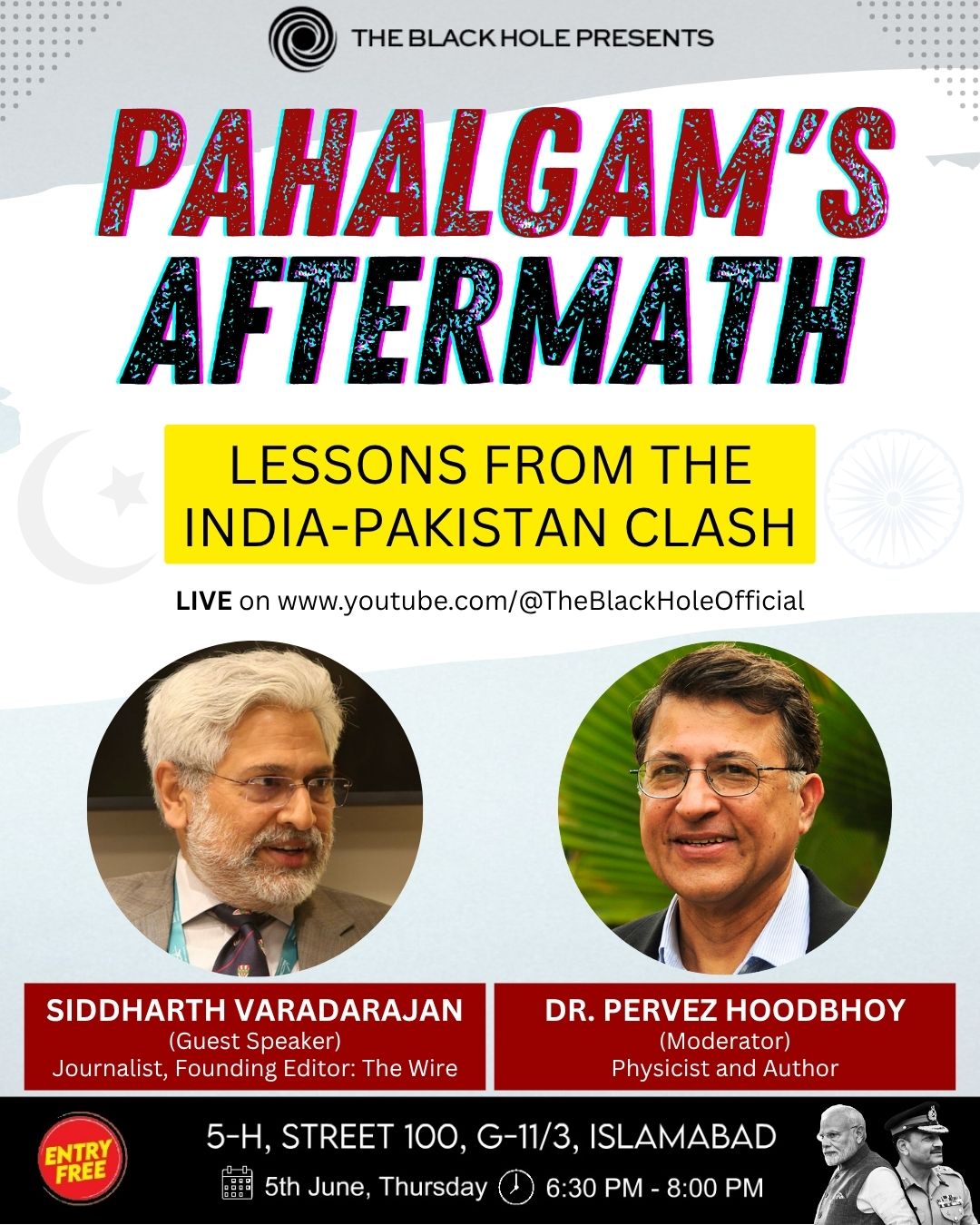
Mathematics of Maps: Coloring Maps is Some Serious Fun!
A Lecture by Dr. Sarmad Abbasi dedicated to his mentor and friend Dr. Faheem Hussain
In the 19th century printing maps with a lot of colors was expensive. To make maps accessible to everyone, mathematicians asked what is the minimum number of colors that are required to color any conceivable map. A monochromatic map, though cheap, suffers from a problem: It is visually hard to discern the boundaries between two countries or regions. So, they formulated the following problem. How many colors are sufficient to color any conceivable map in such a way that regions that share a border receive different colors.
Experience showed that four colors suffice, and this led to the formulation of the four-color conjecture: prove that every conceivable map can be colored by four colors, in such a way that regions that share a border receive different colors. This became one of the most notorious problems of the 20th century. A problem that was easy to state, yet no one had a clue how to solve.
This innocent-looking problem kept mathematicians busy for a hundred and twenty-four years! Mathematicians are like that, they don’t give up easily.
The problem has a long history, from its formulation in 1852 to its resolution in 1976. The history is recorded in the wonderful book titled “The Four-color Problem: Assaults and Conquest” by Thomas L. Saaty, Paul G. Kainen, and Paul C. Kainen.
In this talk, we will not prove the four-color theorem, but we will come close. We will prove two theorems. Firstly, we will show that five colors are sufficient to color any conceivable map, which is not bad for a day’s work! Secondly, we will discuss choosability, a more modern way to formulate a similar question in a world where making maps with many colors is very cheap!
If a very large number of colors is available, why not give a choice of color to the people of the region? But, if all regions choose the same colors then it will not be possible to color the map with bordering countries getting different colors. What if we ask regions to give us a few alternate colors that are acceptable to them? It turns out that if every region chooses a list of five colors, then a coloring is possible that fulfills two requirements:
- Every region gets a color that is from the list of five colors they choose.
- No regions that share a border get the same color.
The talk will use less than 10th-grade mathematics and will be accessible to anyone with an attentive mind.
About the Speaker:
Dr. Sarmad Abbasi was born in Khairpur Mir, Sindh, and finished his 12th grade from Public School Hyderabad. He continued studying mathematics and theoretical computer science first at the University of Georgia and then at Rutgers, the State University of New Jersey, eventually obtaining doctorate degree in computer science. For the past 20+ years, he has taught at various universities in Pakistan. He has been keenly interested in science, the philosophy of science, and its teaching. He has launched Math-Cat, a YouTube channel to promote mathematics and theoretical computer science. Dr. Sarmad is also affiliated with Educative, an EdTech company. During his spare time, he conducts research in both mathematics and theoretical computer science. He reads philosophy and literature, and at times lectures about them.
